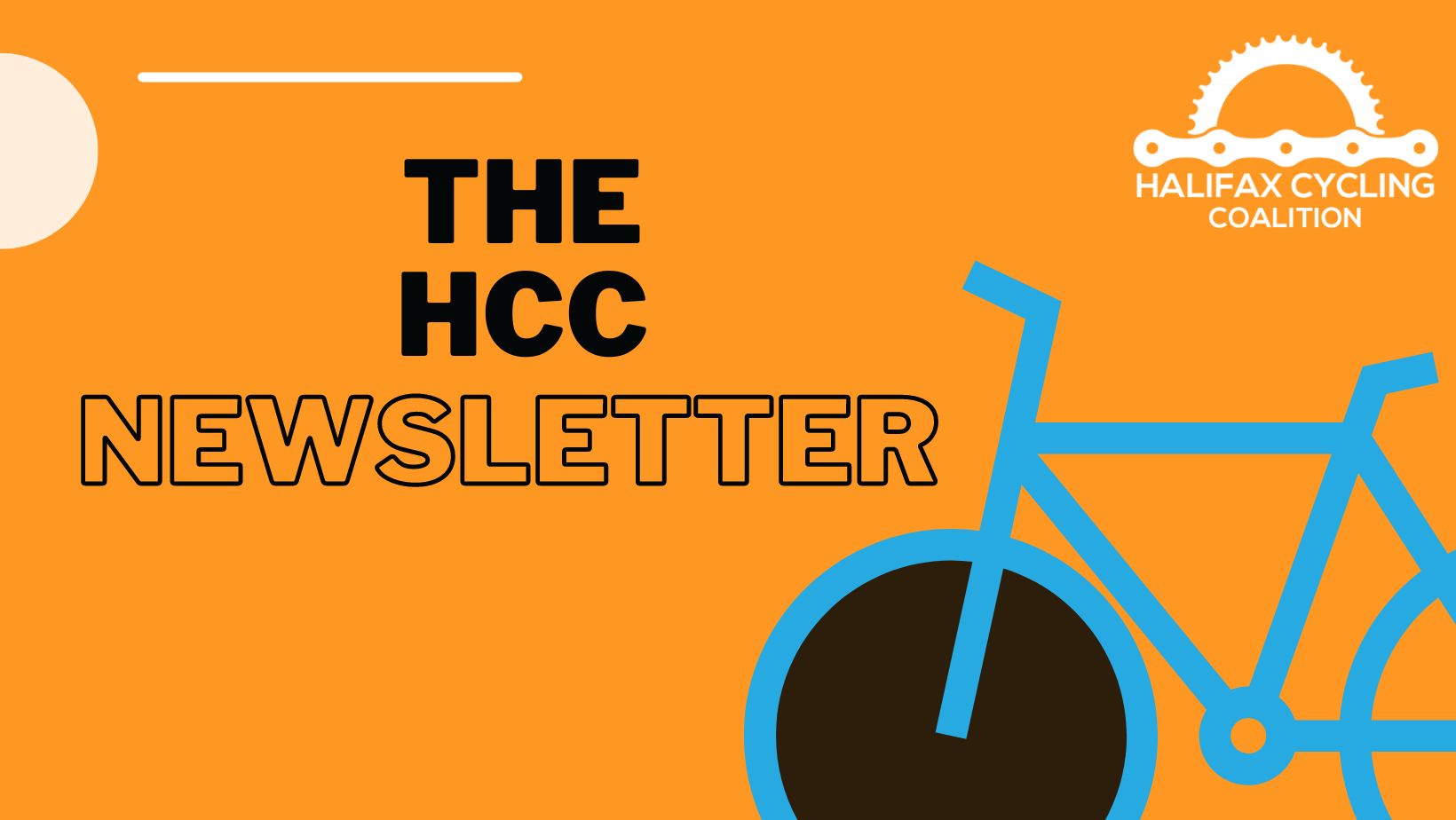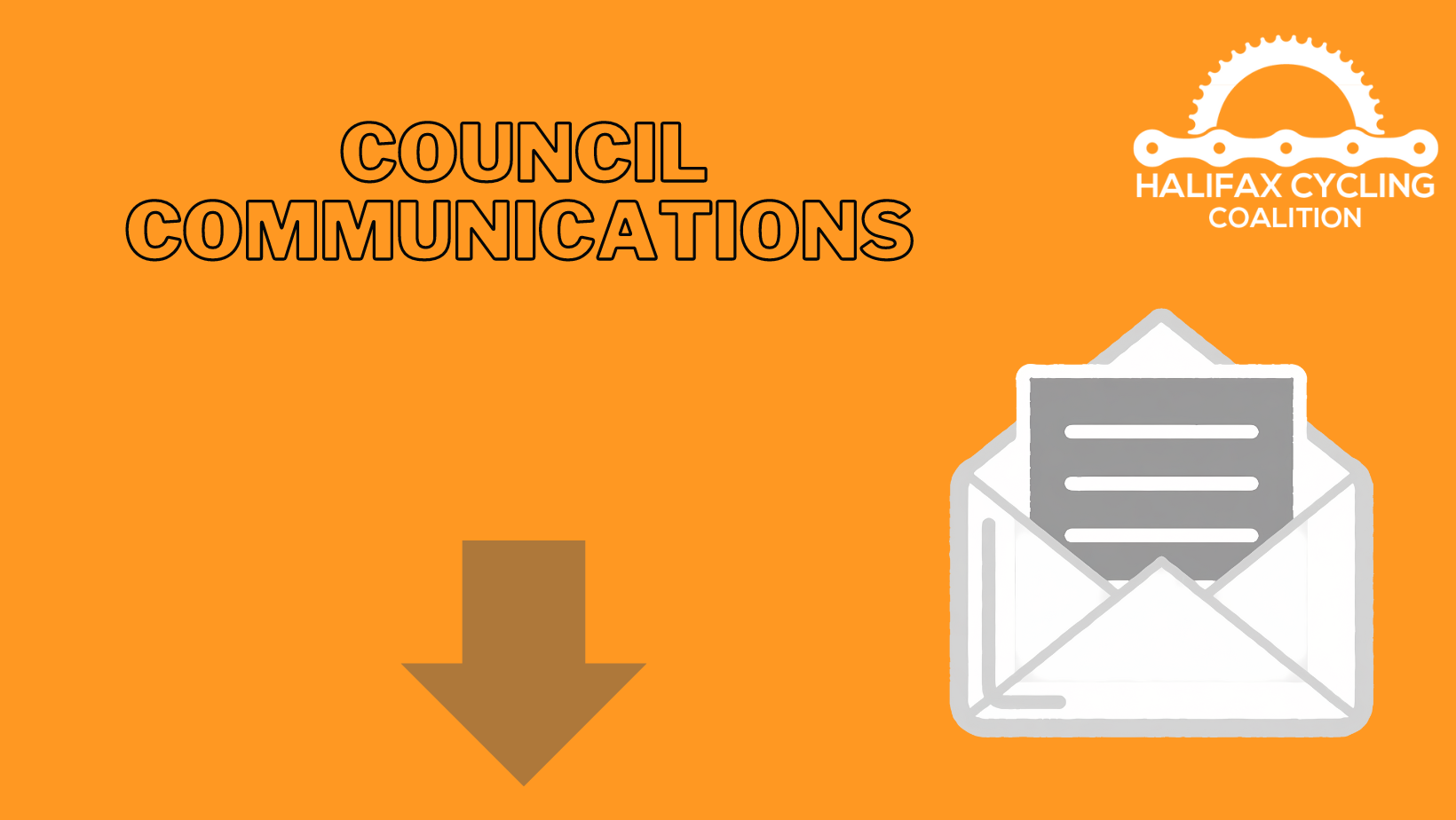There is overwhelming support among HCC members and the broader cycling community for a multi-use pathway on Coburg Rd., west of Oxford. This is a critical and very cost effective connector for the Urban Belt Greenway. This part of the Urban Greenway project has had full public consultation in 2018. This connecting segment will bring together two already existing, well used multi-use pathways (Conrose Park pathway and the Oxford / Beaufort pathway). This area is well used by both Waegwoltic Club and Armbrae Academy families, and could reduce vehicle issues in this Urban Greenway Zone, if families and their kids are allowed to feel safe to bike and wheel.
In fact, there is overwhelming support for a connected, protected and separated from sidewalks bike lane network in Halifax. This infrastructure project is simply a small step in the right direction. 60% of Haligonians have already expressed the view that if cycling were safer, they would have cycled more. Halifax currently has many disconnected, unprotected and temporary bike lanes and pathway segments. How are those who want to cycle supposed to feel safe, if every few blocks, they are dumped from their bike lanes, unprotected, back into traffic? Will there ever be a connected bike lane network in Halifax?
Now, there are parents in their private vehicles who are rushing to drop their kids off at a day camp or a school. But this is because they lack real, safe transportation options. This is because we have not designed our mobility system for the collective good, in a way it lends itself to cooperative solutions. Just about each and every meter of Halifax’s bicycle infrastructure can be contested because of a lost parking space or narrowing of lanes. The costs we inflict upon ourselves are not internalized. By contesting the space that should be prioritized for active mobility, we instead engage in acrimonious debates. We forget about healthier lifestyles, less pollution, less noise, sustainable, affordable, and active mobility, saved lives and injuries. We hope that somehow this world will become a better place, without us changing our entrenched habits. If there are legitimate concerns, the root causes of these concerns are our past design mistakes, and our unwillingness to urgently change course by prioritizing walking, cycling and public transit. The root cause of our problems is not already delayed, incomplete, and woefully inadequate active mobility infrastructure.
Dear Councillors, through the Chair: You should not further delay this project if, as a Councillor, you “teach local government … to students across the country and know of the inequitable funding models for active transportation in Canada… [and are] a strong advocate for affordable and reliable transportation options.”
You should not further delay this project if, as a Councillor, you “visited 4 major cities in Europe and was amazed at the transportation systems they had in place (including the cycling networks).” If “It was like another world!” And if you “caught the vision of what Halifax is trying to achieve with its AAA bike networks.”
You should not further delay this project if, as a Councillor, you are exploring options to improve sidewalk and bikeway infrastructure in your district through active mobility audits.
You should not further delay this and many other active mobility projects, if you are willing to give back to vulnerable road users their safety that they have been deprived of for decades.
We close by simply quoting Andy Clarke who has a message for those listening:
“And we fail to act because we are terrified of a lost parking space, a slightly lower level of service, a few seconds added to a car trip. As a result, traffic violence continues to plague almost every community across the country, and we continue to allow manifestly inequitable levels of pollution, noise, traffic danger, and economic burden to affect the most vulnerable road users and populations.”





